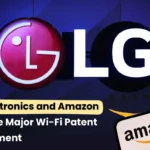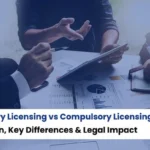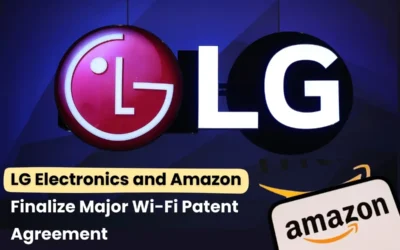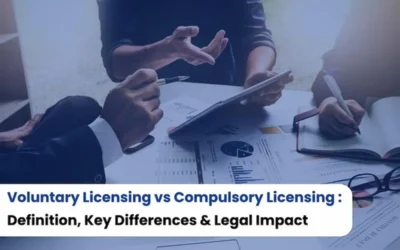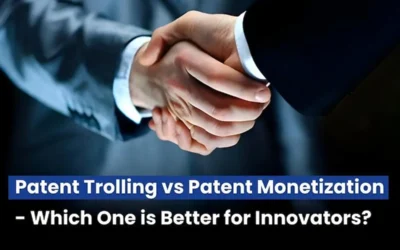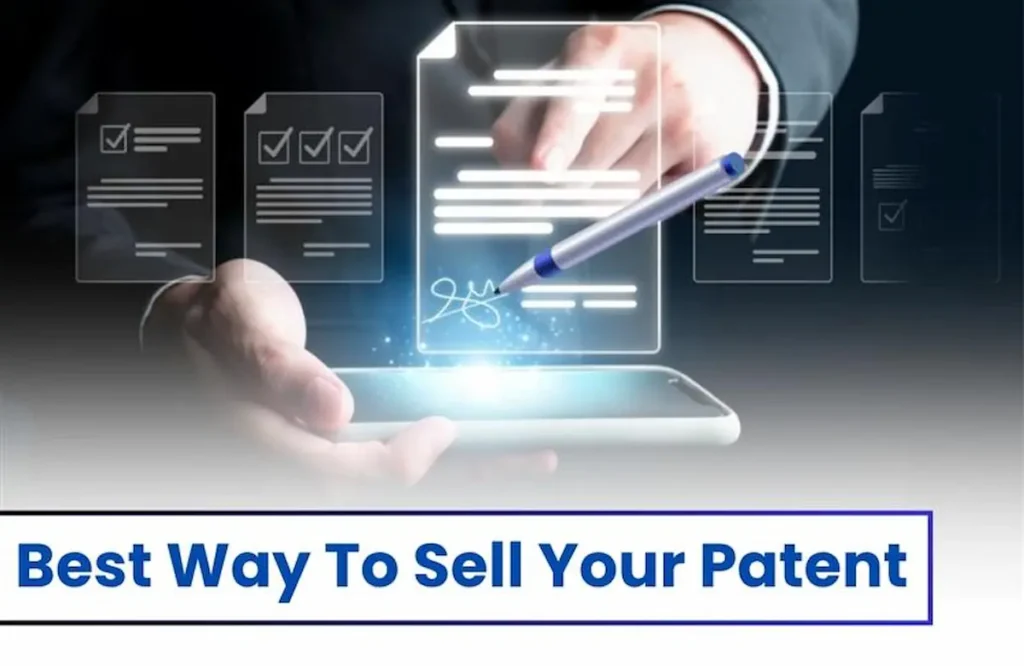
A patent is often considered one of the most valuable assets for inventors and investors, not only because of its uniqueness but also because of the many ways it can be monetized, and the same for patent selling strategies. This process, known as patent monetization, simply means turning your patent into income, whether by selling it outright, patent licensing it, or exploring other commercial opportunities. However, not every method works the same for everyone, and the right choice depends on your goals and circumstances. If you want to understand the best ways to sell your patent and maximize its value, keep reading.
Which Methods Work Best for Patent Monetization?
To understand the different methods, we first need to know what patent monetization in India means. In simple terms, it is the process of turning a patent into revenue—usually by selling it outright or by finding other ways to generate income from it. There are several methods to achieve this, and each one works differently depending on your goals.
- Patent Selling
- Patent Licensing
- Patent Pooling
- Patent Cross-Licensing / Pledging
- Patent-Backed Financing
- Enforcement / Litigation
- Forming a Startup or Joint Ventures
What Are the Most Effective Patent Selling Strategies In Today’s Market?
So, here are the top patent selling strategies in today’s market.
Patent Selling
The simplest way to monetize a patent is through outright selling, just like selling any other asset, such as land, machinery, or property. In this method, you transfer full ownership of the patent to a buyer. Once the deal is finalized, the payment is made—either as a lump sum or in agreed installments. This method is the fastest and most straightforward option, making it ideal for those who do not want to manage licensing agreements or get involved in patent-related business. This also works best when you have the best intellectual property rights (IPR) portfolio.
Sell Directly to Businesses
Reach out to businesses in the same industry as your invention and propose a sale of your patent. This method works well when your patented solution directly addresses a challenge or need within their operations.
Patent Pooling
Pooling means when several companies come together to combine their patents into a single collection, which can then be licensed or sold collectively. Companies can then access these patents through licenses, and the revenue is shared among all members of the pool. This method is useful when a single product or industry requires many related patents to function—for example, in telecom or software.
Patent Commercialization (Startups / Joint Ventures)
Instead of selling or licensing, you can directly use your patent to build a business around it. This could mean launching a startup, manufacturing products, or entering into a joint venture with another company.
Strategic Promotion and Buyer Outreach
Instead of waiting for buyers to come to you, a proactive approach can help attract serious interest. This involves strategically promoting your patent in places where potential buyers are active—such as industry trade fairs, innovation expos, technology showcases, and networking events. You can also use direct outreach by contacting companies, investors, or R&D teams who might benefit from your invention.
Read Also: US Senate Confirms John Squires to Lead USPTO: What It Means for Patents and Monetization
How Does the Patent Selling Process Work in Practice?
To understand this better, let’s look at the process of selling a patent through a simple step-by-step guide.
Step 1: Patent Valuation- First, you need to find the value of your patent according to the market.
Step 2: Prepare Documentation- Make sure you have all the important and required documents to go further in the process.
Step 3: Find Buyers- After doing all the above steps, you need to find the buyer for the patent that you want to sell.
Step 4: Negotiate the Deal- If you have found the buyer, now it is time to make the deal further, and in this process, you also have to negotiate.
Step 5: Sign Agreement- In this step. You will sign the agreement.
Step 6: Register Transfer- Now it is time to transfer the rights of the patent.
Step 7: Receive Payment- And at the end, the patent holder will receive the payment according to the deal.
Conclusion
Selling a patent can be one of the quickest ways to turn your invention into money, but it’s only one of several methods of patent monetization. Whether you choose to sell outright, license, or explore other options depends on your goals—immediate cash, long-term income, or building a business. By understanding the patent selling strategies and the available methods, inventors can make smarter decisions and get the best value for their patents.
Read Also: Navigating Patent Acquisition: Essential Factors for Success
